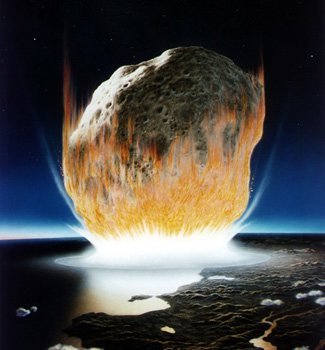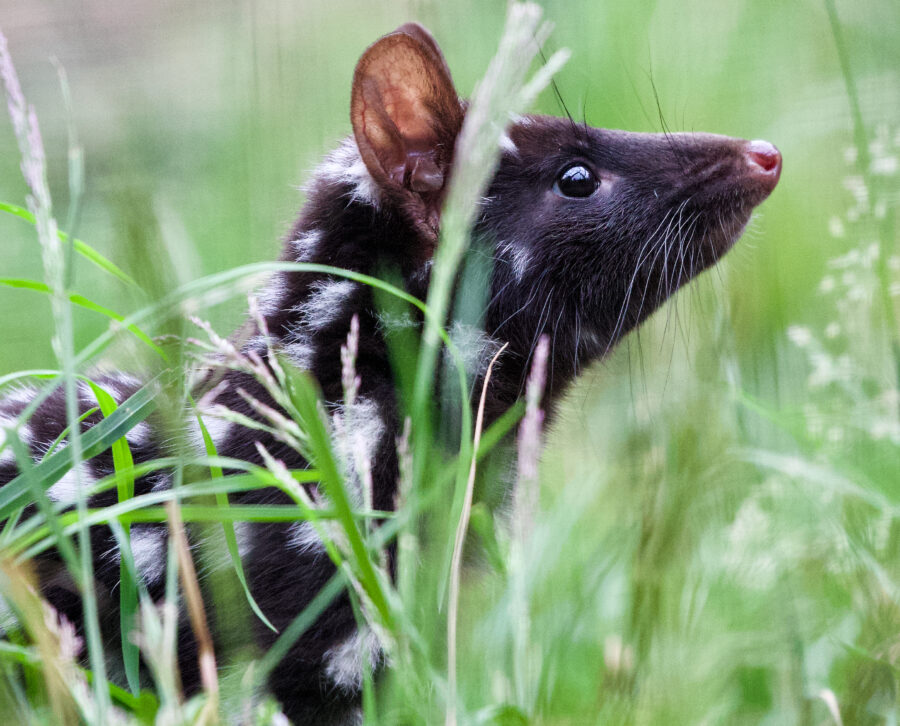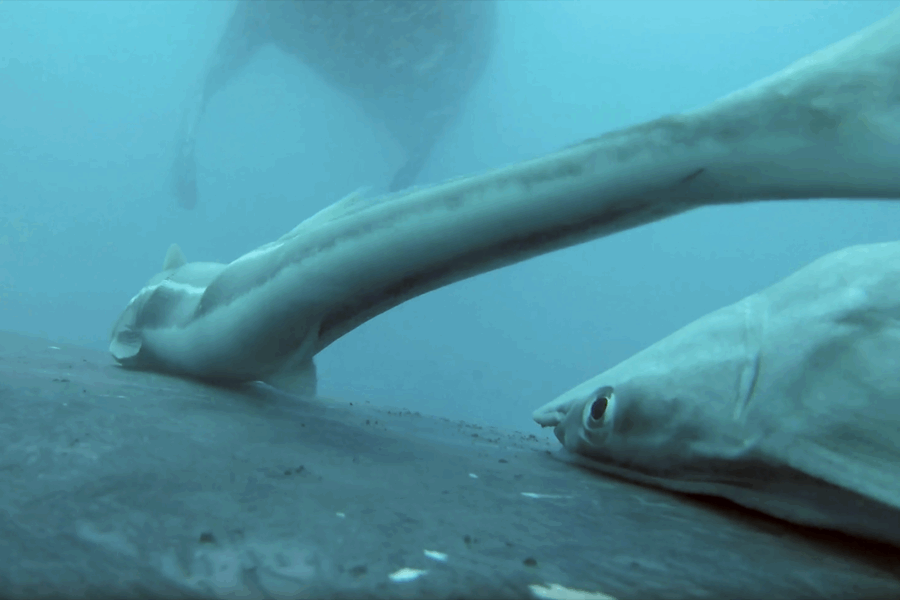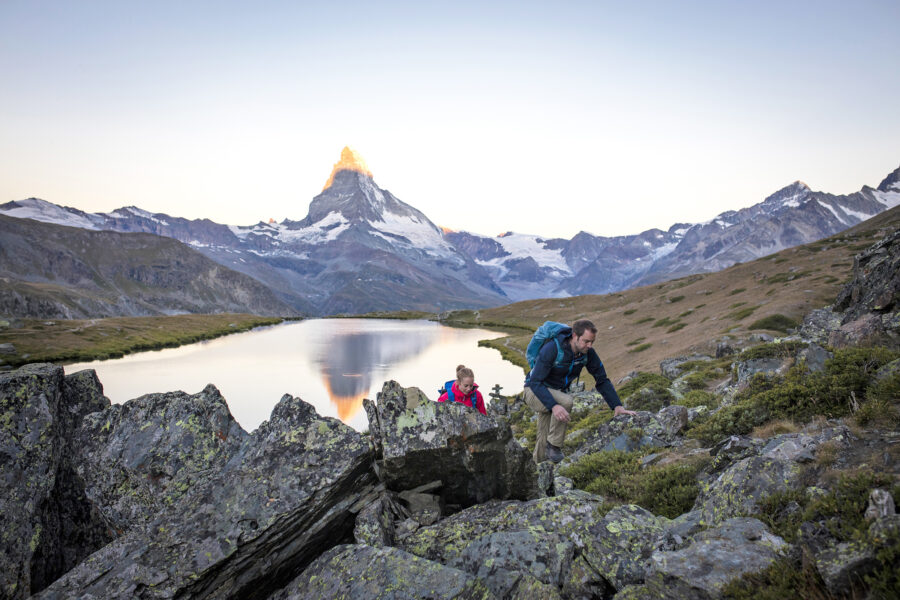Evidence of huge asteroid impact in outback

REMNANTS OF A HUGE impact, covering 30,000sq.km, have been discovered in the outback of South Australia, and indicate that a large asteroid smacked into the surface of the Earth nearly 300 million years ago.
The impact zone, which shows signs of rocks melted into a glass-like material by great heat and pressure, is about 200km in diameter.
It is located underneath the Cooper Basin in the north-east of South Australia, about 700km from Adelaide.
If confirmed, the impact will be one of the largest after the Vredefort crater in South Africa (298km) and the Sundbury crater in Canada (250km).
SEE AUSSIE IMPACT CRATER GALLERY
Third largest Asteroid impact known
“The size of the shock metamorphic terrain – larger than 200 kilometres in diameter – makes it the third-largest discovered to date,” says Dr Andrew Glikson, an earth scientist at the Australian National University, Canberra, who made the discovery.
Andrew and his colleagues discovered the impact region after studying rock from drill cores intended for research into geothermal energy. They took detailed images of the rock using an electron microscope and found pieces of material called plane deformation features. These are formed when the heat and shock from an asteroid impact melts rock to form streaks of glass-like material.
“These methods helped me to discover the impact site, which was buried under nearly 4km of younger sediments,” Andrew says.
Rock shock too large to be volcanic
At first, the researchers considered whether the features were volcanic in origin, but the shock involved in producing it would have been too large for a volcanic event. “You only get a shock of this magnitude when you get an asteroid – a large asteroid – hitting the crust,” Andrew says.
The asteroid would have caused a global catastrophe and would have impacted at a time when modern Australia was still part of the larger continent of Gondwana.
The impact occurred at least 298 million years ago, says Andrew, but further research may reveal it to be older and possibly closer to the Late Devonian extinction event 360 million years ago.
Andrew and his colleagues previously made a discovery of an 84km-wide impact area in Queensland formed about 125 million years ago. In 2012 another impact was found beneath the Timor Sea.
On Friday, a 45m-wide asteroid – 2012 DA14 – passed just 34,000km from Earth, closer than the distance of the Moon.
Of around 180 worldwide, Australia bears the scars of more than 30 major impact craters.
SEE OUR GALLERY OF AUSSIE IMPACT CRATERS
RELATED STORIES




